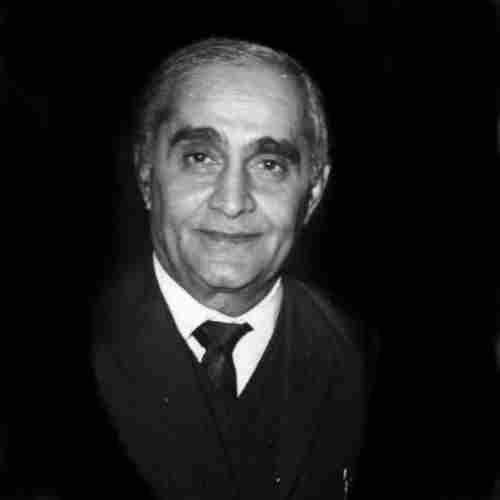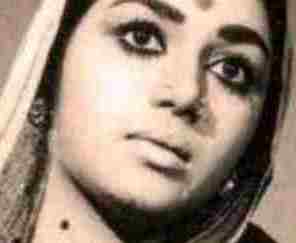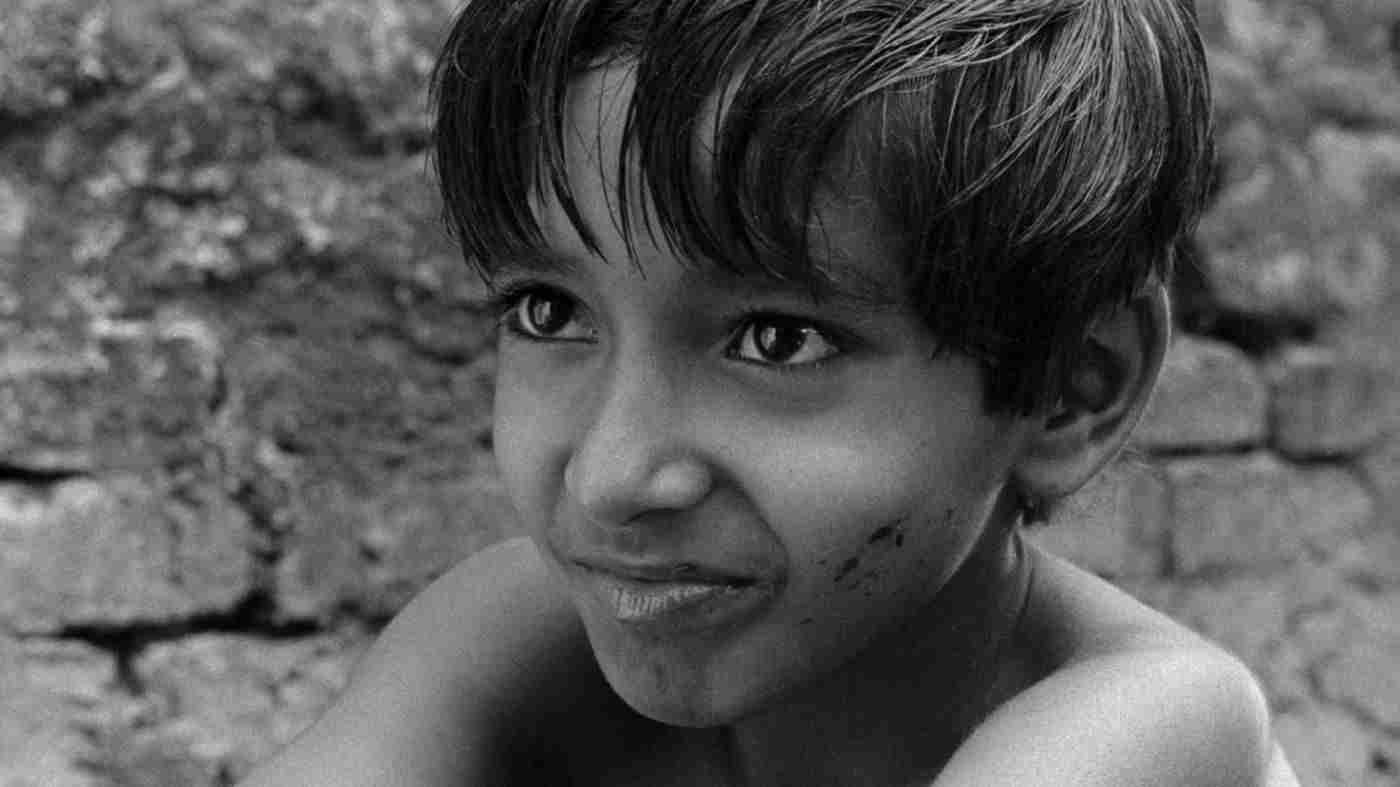Editing Pather Panchali
Subscribe to read full article
This section is for paid subscribers only. Our subscription is only $37/- for one full year.
You get unlimited access to all paid section and features on the website with this subscription.
Not ready for a full subscription?
You can access this article for $2, and have it saved to your account for one year.
From a producer who wanted a song in the film to a chief minister who asked why a particular shot was upside down to getting the final cut ready against a seemingly impossible deadline and the agony of a first show in an empty hall, Satyajit Ray’s long-time editor Dulal Dutta reminisces about the trials and tribulations on the film that changed the face of Indian cinema.
It was raining cats and dogs. Drenched to the skin, I somehow reached Bansi Chandragupta’s house, travelling all the way from Chetla. Bansi-da said, ‘You’re totally drenched. How will you go?’ It was a Sunday morning, 27 July 1952. Bansi-da was taking me to Satyajit Ray. Manik-da was then employed in D.J. Keymer and Sunday was the only off day in the week.
Of course, Bansi-da did not tell me where and to whom he was taking me, nor for what purpose. Anyway, with the fan on full speed, I somehow managed to dry my clothes and went on foot with Bansi-da to Ray’s house nearby at 31A, Lake Avenue. Bansi-da seated me in the outer room and went in. From there I heard a deep voice saying, ‘Has he come? Why did you leave him outside? Bring him in.’
Walking in, I saw a gentleman in pajama-punjabi – slim and tall. Bansi-da had earlier told me, ‘A friend of mine is working on a film, entirely outdoor. Will you work on it? I’ll take you there on Sunday.’ Manik-da said, ‘I am working on a film, Bibhutibhushan Bandyopadhyay’s Pather Panchali.’
Manik-da and Bansi-da were doing some research work before starting the film. They had shot some part of the film in 16 mm but didn’t like it. Then they shot about 400 feet of the film. It was to be shown in Bengal Film Laboratory. Bansi-da said, ‘Manik will be there by five. You come too. We’ll see a small piece.’ Manik-da came exactly at five with Subrata Mitra. Of course I did not know him them. Subrata Mitra brought out a small print wrapped in black sheet from the lab. We went upstairs and watched the film. I had by then been working in the field for a while, had assisted in many films, but had never witnessed such photography.
Manik-da said, ‘What do you think?’
I replied, ‘This is extraordinary.’
The scene was of a kaash forest, shot with a wall camera. Wall camera was commonly used for newsreels at the time. I said only one thing, ‘You have used the same frame for “out” and “in”. How will I join it?’ He kept silent.

I used to go to his place, have tea. Manku-di would prepare shingara, malpoa, patisapta, which I devoured. I became a member of the family. But never did I succeed in getting him to address me as ‘tumi’.
After some time, the shooting stopped for want of money. Manku-di’s jewellery was pawned. Though Manik-da was drawing a monthly salary of Rs 1,800, which was quite substantial for the time, there were days when they did not even have money for regular household expenses. Editing work used to be done on Saturdays and Sundays. I used to take the tram back home, travelling second class. There were days when even that much fund was not available.
Work on the film stopped. At times I used to go to Manik-da to inquire whether he had managed to get a financier. I knew some distributors. I told them too. They wanted to hear the story. Manik-da did not even have the entire script written down – only pages of a visual script. There was a distributor called Prankeshto Datta. I knew him well. I told him. He showed deep interest after listening to the script from Bansi-da. Manik-da was not present. Prankeshto-babu agreed to finance the film. But then there was no more news from him. I felt a little embarrassed before Manik-da.
.jpg)
But at the time, I was unnerved by the deadline. I replied, ‘How is it possible, Manik-da? Only fourteen days are left. Some rush cutting is also pending, then the editing.’ Manik-da said, ‘If we can do it, it will be good for us and for Indian cinema too.’ What could I do? Just said, ‘Let me try.’ Next morning I found Manik-da in the lab. I started working, mentally preparing myself to do so round the clock. The assistants worked overnight, with or without food, and did the sorting. Anil-babu used to come with meat and rotis – not enough food for us. Manik-da also often stayed awake all night with us.
We somehow managed to reach the airport in an official jeep, at the last moment, and loaded the cans in a plane bound for New York. Job done, Manik-da went back home in a drowsy stupor. I also walked down to mine.
As luck would have it, a faulty segment was detected. The scene was of a labour room; Harihar loitering outside, hookah in hand. The very same night I did a patch print for that part, about 50 feet, and joined it.
Manik-da, Bansi-da, Subrata Mitra and I were seeing the film. Behind us were a few boys known to the owner of the hall. Initially, they sniggered and kept commenting on the film. On Manik-da’s advice we kept quite. At the end of the show the same boys came to Manik-da, wiping their eyes with handkerchiefs, and said, ‘We have never seen a film like this before.’ But my woes were not yet over. The operator with the countenance of a sahib, even wearing a tie, commented: ‘Is this a film? I have never projected such a film before.’ My legs, my entire body, started shivering. In keeping with the technology available at the time, I had done the patchwork on the bad part with cement – but I had not been able to do it properly, it was getting bent. We somehow managed to fix it, this time cutting out four frames.
At the first public show the next day, the entire hall was empty. Manik-da kept chewing at his handkerchief – his way of expressing tension. However, the film caught on through word of mouth. Gradually, audiences started to throng the theatre. After a week, Pankaj Datta praised the film sky-high in Anandabazar Patrika. Then came news from New York, again in Anandabazar Patrika; Pather Panchali was receiving unabashed praise there. Pankaj Datta broke down on receipt of the news from Sagarmay Ghosh. Manik-da received the news directly from the Anandabazar Patrika. The rest is history; all our labour, all our anxiety over. A new chapter began in the world of Indian cinema.
Translation by Shantanu Ray Chaudhuri.
Originally published in Satyajit Ray-er Pather Panchali, edited by Arun Sen, published by Pratikshan.
Tags
About the Author







.jpg)


